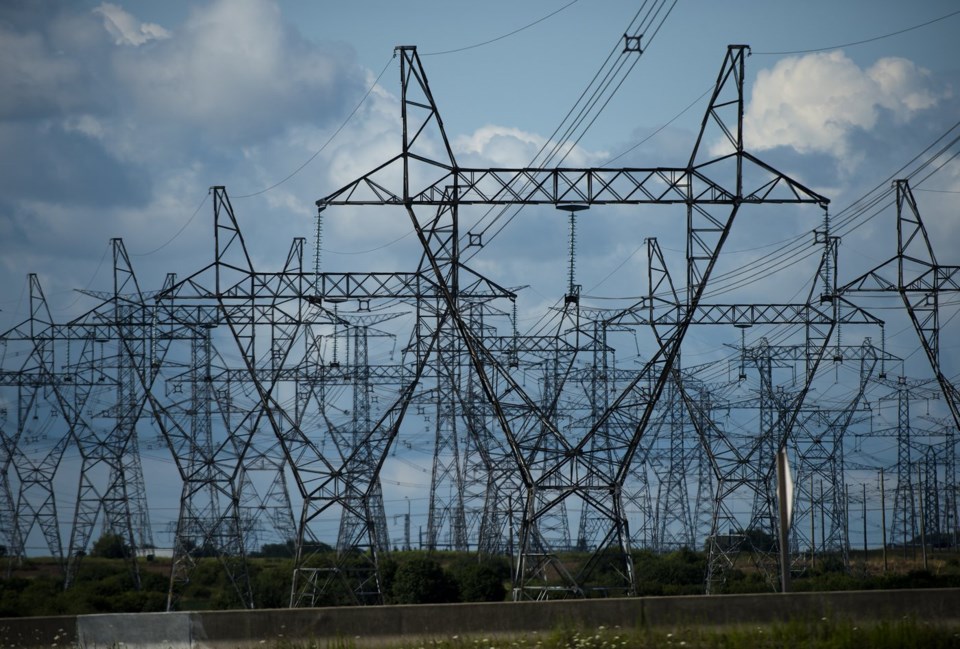TORONTO — Ontario's electricity system operator is expecting demand to soar 75 per cent higher by 2050, in part due to electric-vehicle manufacturing and new data centres supporting artificial intelligence.
That is far higher than the 60 per cent increase projected just last year.
The Independent Electricity System Operator says industrial demand alone will increase by 58 per cent by 2035, adding the equivalent of a city the size of Toronto to the grid, as EV battery plants and other parts of the supply chain start production.
At least 16 new data centres are forecast to be in service by 2035, driving 13 per cent of the new electricity demand, which the IESO says is a worldwide trend due to the proliferation of AI.
Chuck Farmer, the IESO's vice-president of planning, conservation and resource adequacy, says Ontario already has data centres, but the growth in AI functions is pushing their energy needs infinitely higher.
The IESO says the province has enough power for the rest of this decade, and it will outline in a planning outlook early next year how it intends to meet the rising future demand.
This report by The Canadian Press was first published Oct. 16, 2024.
Allison Jones, The Canadian Press
